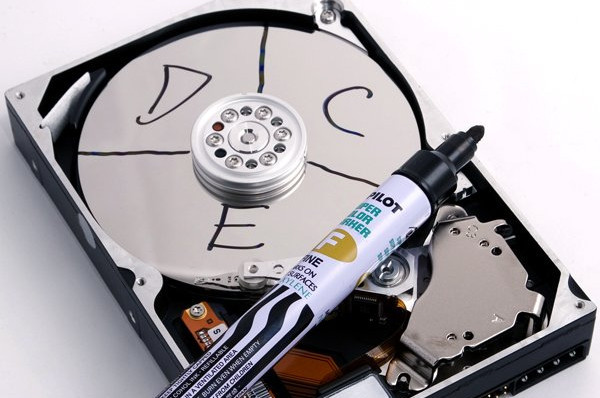 How to merge and split partitions on Windows PC
How to merge and split partitions on Windows PC
If you don't already know this, creating partitions on your hard drive is a great way to manage the files on your disk and to make sure that you won't lose everything stored on it in case you have to format your HDD. People usually tend to create a partition where the operating system and applications are stored (normally, around 100 GB) and, depending on the size of your hard drive, one or more partitions for keeping other data like movies, music, games and so on. This way, if you ever want to format your drive and reinstall your operating system, you will only have to erase the files on your system partition, keeping your other data safe and sound. But there might come a time when your want to join two or more of your partitions into a single one, or you might want to split one big partition into smaller ones. If you don't know how to do that, then you should keep reading this guide.
Using Disk Management Tool
Windows comes with a built-in utility called Disk Management. This tool will allow you to create, format, delete, resize and join disk partitions or change drive letters in a simple manner, without having to install (or purchase) any third-party applications. To access it, simply type "partition" in the search box of your taskbar (if you are using Windows 10), or you can easily find it under Administrative Tools in the Control Panel. Once you have accessed it, a new window will appear where you can easily view your current disk partitions as well as some information about them (see image).
Split partition
Even though Disk Management doesn't actually has a "split partition" option, you can do that by resizing it. In order to do that, you will have to select the partition you want to split, right-click on it and choose "shrink volume".
Now that you have clicked on the "shrink volume" option, a new window will appear where you can enter the amount of disk space (in MB) you want to shrink from your selected partition. Once you have decided on the amount of space allocated to each of your future partitions, click on the "Shrink" button and wait for the process to finish. Simple, right?
So, now that you have shrunk your original partition to a smaller size, you will notice that you still have one partition, but with less available disk space. However, you might also notice that, by shrinking your partition, you have some unallocated space available to create a new disk volume. To do that, simply right-click on the unallocated space box and select the "new simple volume" option to launch the wizard that will guide you through the process.
Congratulations, now you have successfully split a disk partition into two smaller ones.
Merge partitions
Same as with splitting partitions, merging them is a two-step job, as Disk Management doesn't provide you with an actual function to do that. The first thing you will need to do is decide which of the partitions you want to merge will be deleted (you will lose all the data from it). The process is very simple: all you have to do is right-click on the desired volume and select the "delete volume" option.
After you have deleted your partition (it will be transformed into "unallocated space"), just right-click the other volume (the one to merge with) and choose "extend volume" to add free disk space (the unallocated space) to your current partition. Now you have successfully merged two volumes into one.
Using third-party applications
While the Disk Management tool offers you a simple and fast way to create, resize, extend and format partitions, it only allows performing basic tasks when dealing with disk volumes. If you are looking for more advanced applications that come with additional functions and multiple features, then you might want to try third-party programs called partition managers. EaseUS Partition Master, MiniTool Partition Wizard or Paragon Partition Manager are some of the most popular tools that can help you manage your disk partitions. They all come with an intuitive interface and provide you with wizards that can guide you through the entire process, so that you won't make any mistakes.
A great thing about these applications is that, when merging two disk partitions, you won't lose the data from any of them after the process is finished, unlike when using the Disk Management tool that Windows provides you with. However, you will have to pay for most of these utilities. But, if you consider that the extra features are worth the cost, then go ahead.
Conclusion
As you can see, you can easily merge and split your disk partitions either by using the free-to-use Disk Management tool that Windows comes with or, if you are looking for more "flashy" and feature-rich applications, then either go for one of the tools that I have previously mentioned or perform a simple Google search for other results.
If you have any questions or suggestions, feel free to leave me a message in the comment section below.
Alternative downloads
-
 MiniTool Partition
Wizard
free
windows
Create, format, and resize, hard disk partitions.
Download
MiniTool Partition
Wizard
free
windows
Create, format, and resize, hard disk partitions.
Download
-
 Paragon Partition
Manager
$39.95
windows
Create and merge partitions. Main features: Create, split...
Download
Paragon Partition
Manager
$39.95
windows
Create and merge partitions. Main features: Create, split...
Download

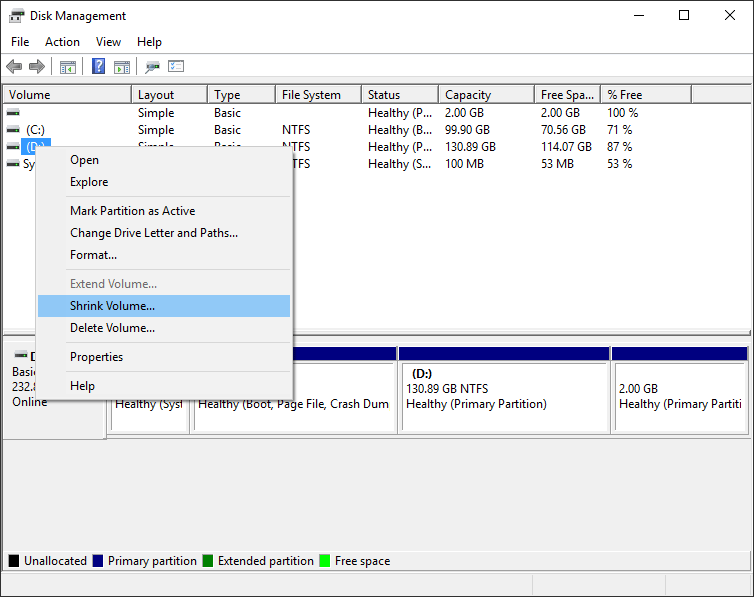
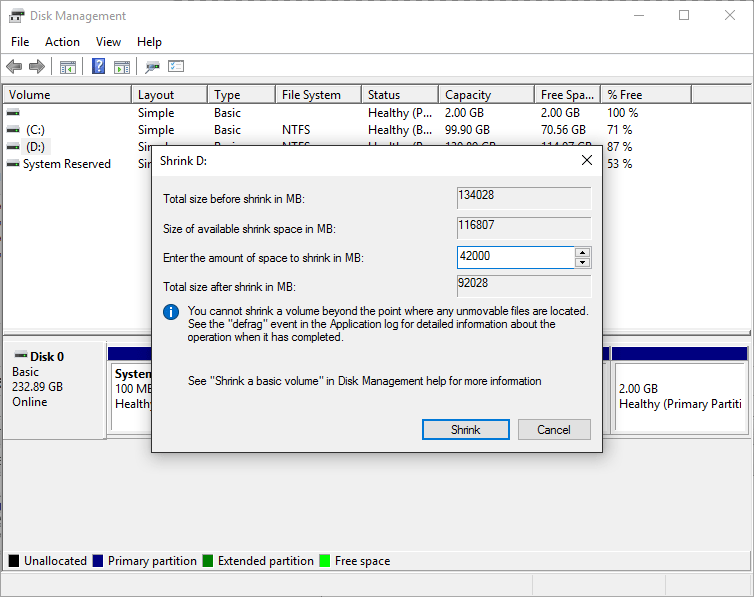
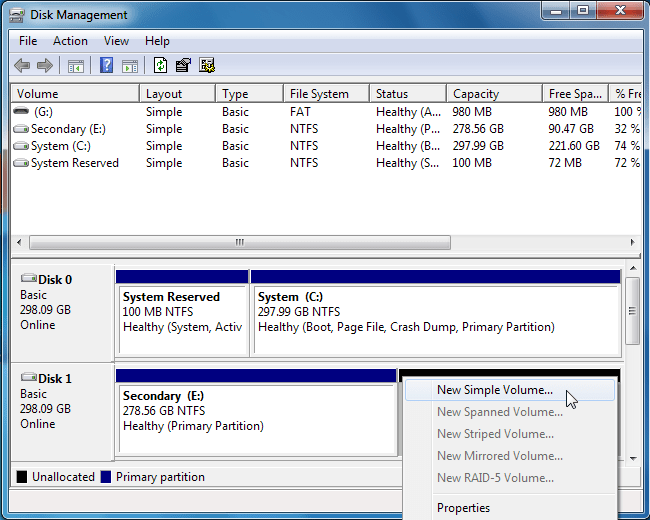

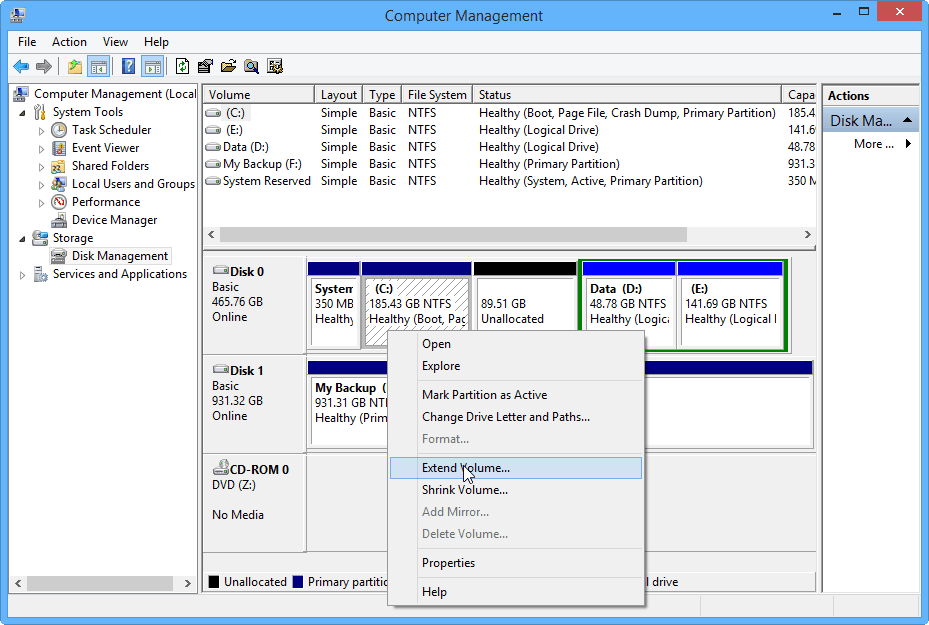





Comments